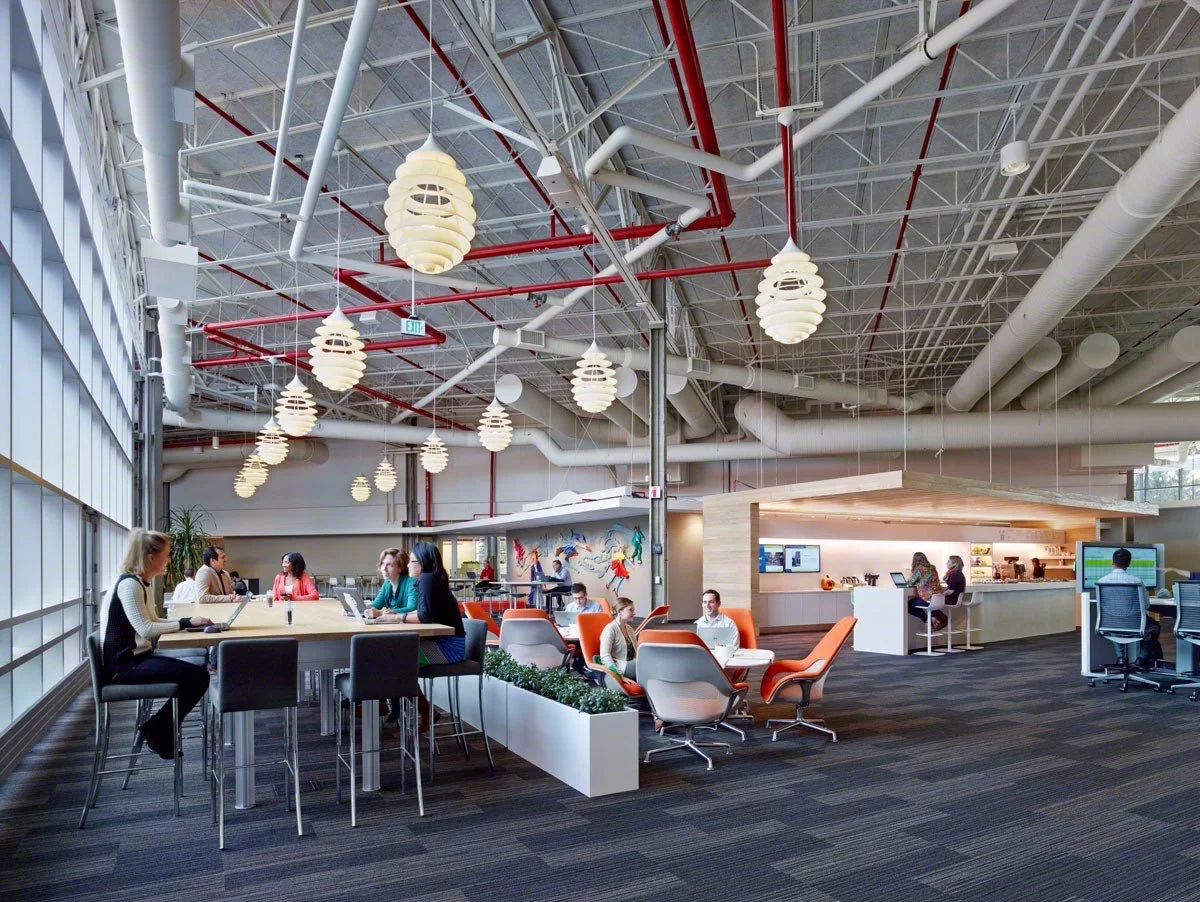![What Uber Can Tell Us About the Future Workplace]()
It was only a few years ago that people had to call a cab in advance — sometimes an hour in anticipation of when they would want to be picked up to ensure they’d get a ride.
Then Uber came along and changed things for good. By offering cab service whenever and wherever customers needed, they created a new standard: businesses would have to cater to the schedules of consumers, rather than the other way around.
This is the defining characteristic of the new economy. We’ve seen it with Netflix and movies, with Hulu and TV. And the next major industry to follow this trend in the coming years, we think, is the workplace — with coworking spaces at the center of the shift.
The demand is already there: Freelancers comprised 34% of the workforce in 2014 and are expected to rise to 50% by 2020, and more companies experimenting with alternative workplace arrangements. And the expectations of employers and workers have changed: In 2014, a four-hour response time to emails was deemed good (the point at which about 80% of people were happy). By 2015, this had moved up to about one hour. In 2014, only 4% of people said they expected a response within 15 minutes; by 2015, 14.5% expected that.
Via business2community.com

























